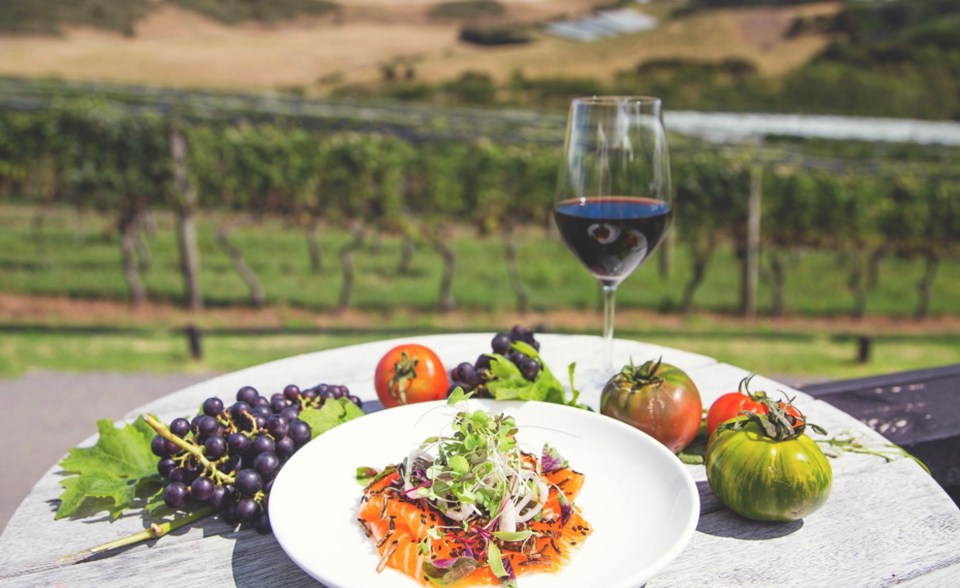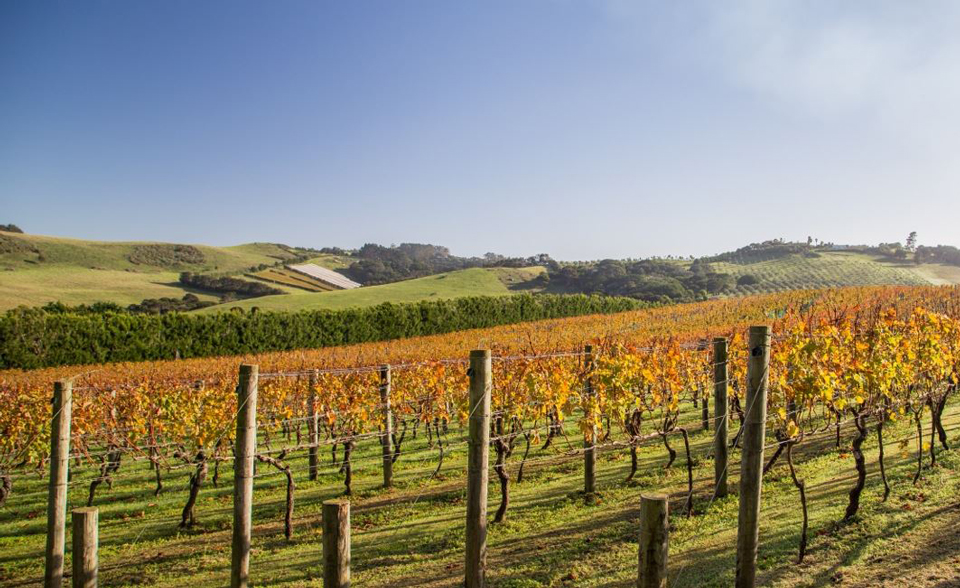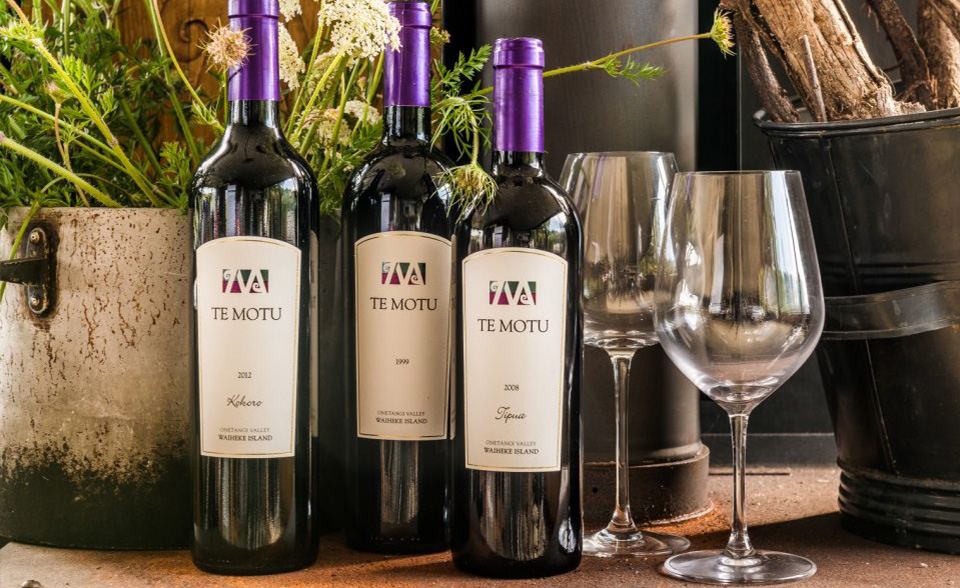Our Heritage
The vineyard’s name ‘Te Motu’ comes from the original Maori name for Waiheke, Te Motu Arai Roa ‘island of long shelter’.
The Te Motu Vineyard’s story began in 1988 when the Dunleavy family procured 30 acres of prime “vineyard valley” and nourished it into a haven of premier wine. As one of the pioneers of the Waiheke wine movement, the family’s vision was clear from the outset: To master wines of the ‘Bordeaux’ style, comprised predominantly from a blend of Cabernet Sauvignon and Merlot. In 1989 the first vines were planted. The first vintage of Te Motu was produced in 1993.
Te Motu’s vineyard lies in the heart of Waiheke Island’s Onetangi Valley, where it is sheltered from the north by the ridge which guards Onetangi’s famous beach, and from the west by the massive rocky outcrop known as Stonyridge. One of Te Motu vineyard’s boundaries is formed by the Rangihoua creek, which flows into an inlet of Putiki Bay. The inlet was named Te Rangihoua, ‘day of renewal,’ by Tama Te Kapua, captain of the Maori canoe Te Arawa – because it was his first landfall in the long voyage from Hawaiiki. There, Te Arawa was relashed before continuing on to its final landing place at Maketu.
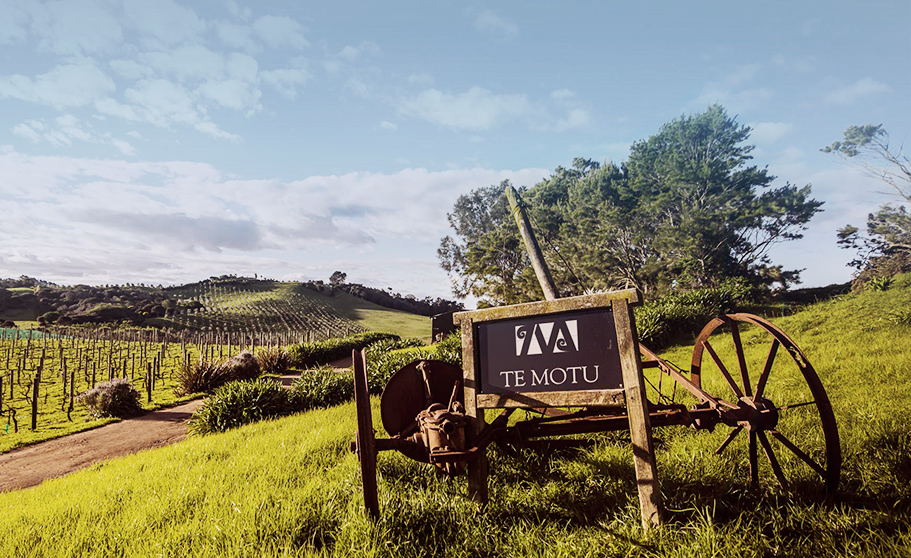
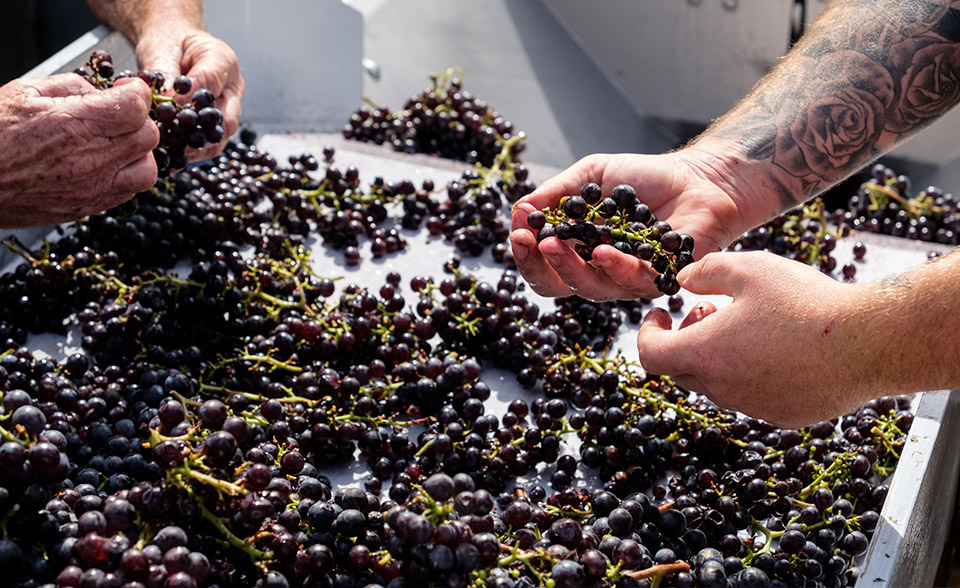
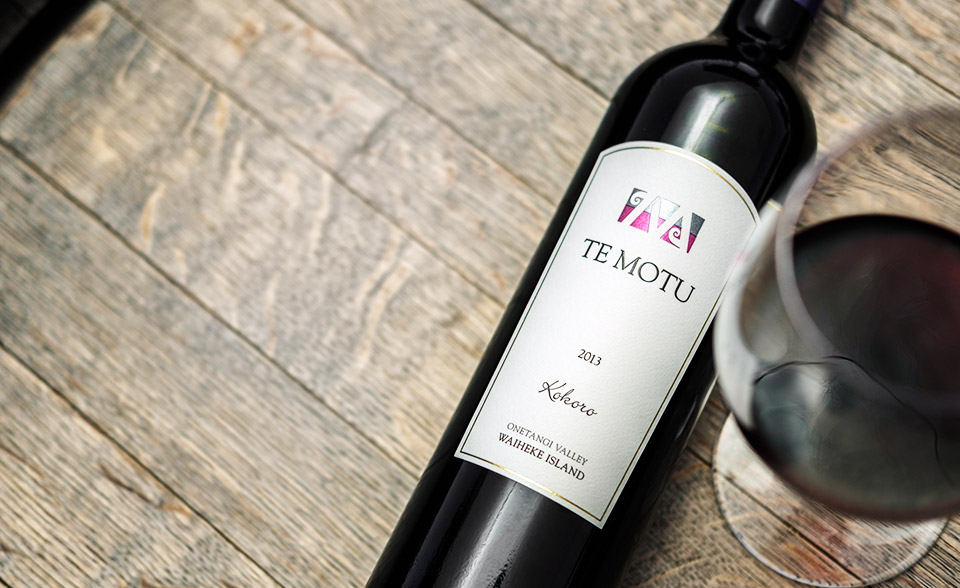
A taste of the land
Waiheke Island’s Onetangi Valley features Jurassic-age Waipapa Group soil and a unique micro-climate, making it one of the best places in the world to grow Cabernet and Merlot grape varieties. The original rock composition has been largely converted to clay minerals and enhanced by many years of soil testing and element application.
Te Motu’s soil quality is outstanding, and its north-facing location retains warmth overnight, enhancing the development of the natural phenolic compounds that affect the taste, colour and mouth-feel of wine. It is this unique mesoclimate that supports a long, steady but slow growing season – perfect for the production of highly complex and long-lived wines.
